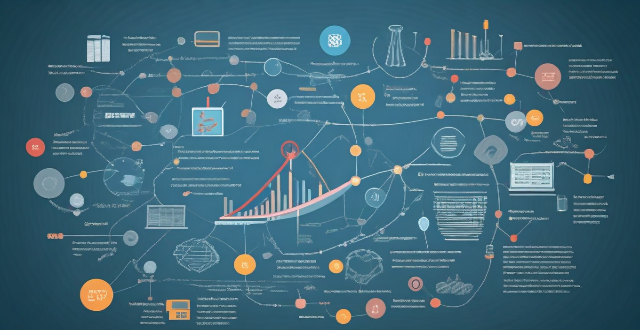Data analytics is a crucial tool in education as it helps identify areas where students may need additional support. It involves collecting and analyzing large sets of data to inform decision-making processes. Data analytics can be used to analyze student performance, track progress over time, and analyze behavior. Once areas for additional support are identified, personalized learning plans can be developed, collaboration between stakeholders can be facilitated, and continuous monitoring and adjustment can take place. Overall, data analytics provides valuable insights into student needs and promotes academic growth and success.

How Data Analytics Can Help Identify Areas Where Students May Need Additional Support
Introduction to Data Analytics in Education
Data analytics plays a crucial role in the educational sector. It involves collecting, processing, and analyzing large sets of data to identify patterns, trends, and insights that can inform decision-making processes. In the context of education, data analytics can help educators understand student performance, identify areas where students may need additional support, and tailor teaching strategies to meet individual needs.
Identifying Areas for Additional Support
1. Performance Analysis
Data analytics can be used to analyze student performance across various parameters such as test scores, assignment grades, and class participation. By comparing these metrics against established benchmarks or historical data, educators can identify areas where students are struggling.
2. Progress Tracking
Tracking student progress over time is another way data analytics can help identify areas for additional support. By monitoring changes in performance metrics, educators can detect any decline or stagnation in student achievement, indicating a need for intervention.
3. Behavioral Analysis
Analyzing student behavior, such as attendance, tardiness, and classroom engagement, can also provide insights into areas where students may require extra support. For example, consistent absences or disengagement may suggest underlying issues affecting a student's ability to learn effectively.
Implementing Data-Driven Interventions
1. Personalized Learning Plans
Once areas for additional support have been identified through data analytics, educators can develop personalized learning plans tailored to each student's specific needs. These plans might include targeted interventions, such as one-on-one tutoring or specialized instructional materials.
2. Collaborative Support
Data analytics can facilitate collaboration between educators, parents, and other stakeholders by providing a clear picture of a student's needs. This collaborative approach ensures that all parties are working together to support the student's academic growth.
3. Continuous Monitoring and Adjustment
Finally, data analytics allows for continuous monitoring of student progress and adjustment of intervention strategies as needed. By regularly reviewing performance data and feedback from students and parents, educators can fine-tune their approaches to better support student success.
Conclusion
In conclusion, data analytics offers a powerful tool for identifying areas where students may need additional support. By leveraging performance analysis, progress tracking, and behavioral analysis, educators can gain valuable insights into student needs and implement targeted interventions to promote academic growth and success.